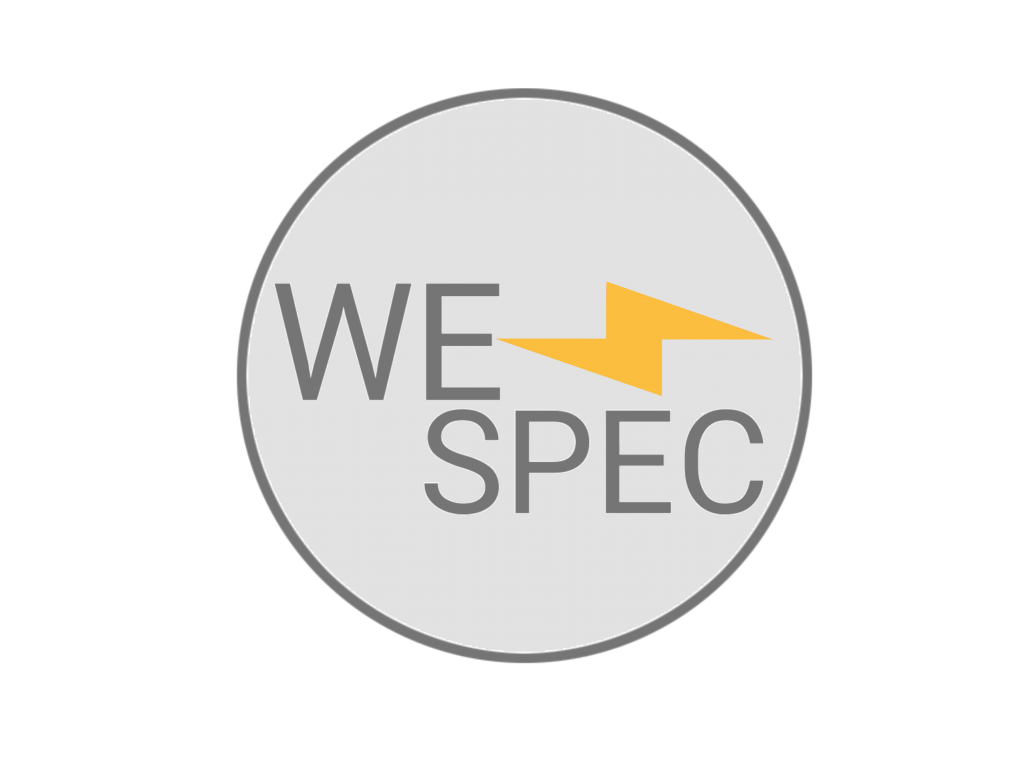E7018 Welding Electrode Production
Introduction
Appropriate Machinery for E7018 Electrode Production
Suitable Raw Materials for E7018 Electrode Production
Core Wire
Powders
Binders
Proper Formulation for E7018 Electrode Production
Introduction
In order to produce E7018 electrode with quality, three points should be paid attention, suitable production machine, proper raw materials and formulation. The production machine is a type of hydraulic press and requires a baking oven up to 450 degrees. The raw material of coating is a combination of iron powder, rutile, ferromanganese, cellulose, ferrosilicon, etc., the binder used is also a combination of sodium silicate, potassium silicate. Also, the core wire is similar to E6013 made of carbon steel with code JIS G3503 SWRY11. Finally, it is necessary to have the right information about the raw materials SPEC and the production method with the right KNOW-HOW in order to produce this strategic product with the right coating formulation.
E7018 electrode is the most used coated electrode after E6013. Unlike the E6013 electrode, which as a versatile electrode can be easily welded by amateur welders due to the materials in its formula, you need a professional welder for the E7018 electrode. The production of this electrode is also more difficult than E6013 and requires more equipped machines.
For the quality production of this electrode, you need also a suitable production machine, suitable raw materials and a special formula.To know the correct production of this product, read this article.
Appropriate Machinery for E7018 Electrode Production
As mentioned in This Article and This, there are generally two types of electrode production machines, the Hydraulic extruder machine and the Screw extruder machine.
Unlike E6013, which can be produced with both screw extruder and hydraulic ones, hydraulic press is the only machine that can be used to produce the E7018, because the materials used in the production of the coating of this product require more pressing force for production. In fact, due to the absence or low amount of materials with lubricant property such as cellulose and mica and the presence of high amounts of iron and ferromanganese powder, the coating flux of this electrode has less fluidity.
There are three different types of flux coating machine with hydraulic power, the main difference between these machines is the angle between the movement of the wire and the flux. Each of these machines has its own advantages and disadvantages, but for the production of double-coated electrodes, the 0-degree horizontal type should be used.
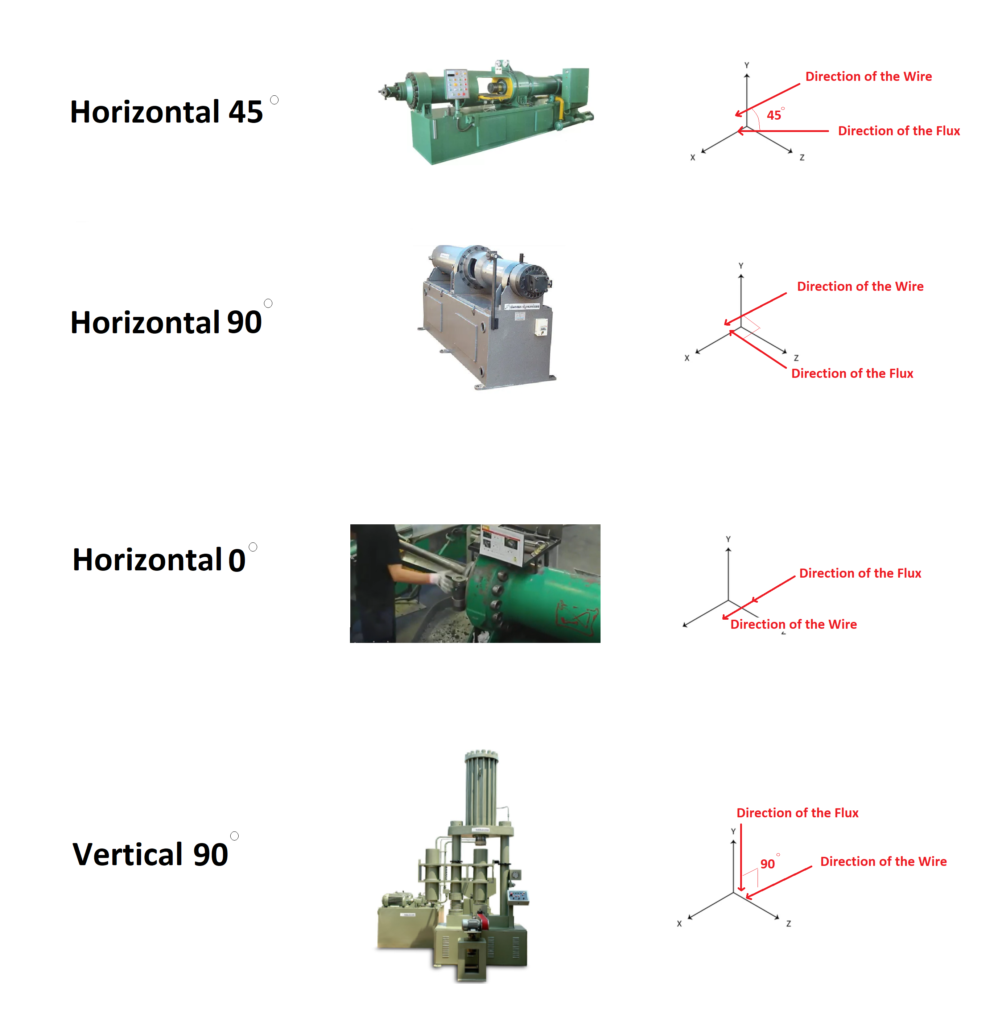
Another important issue that should be considered in the production of E7018 electrodes is the baking oven, this oven should be able to bake up to 450 degrees with a set temperature graph.
These furnaces are tunnel or box shaped and can work with gas or electricity. In another method of production, baking is done in two stages, so that first, pre-baking is done in one stage up to 150 degrees, and then the Tunnel furnace with moving belt bakes in 3 temperature zones up to 450 degrees.
Methods for Baking E7018
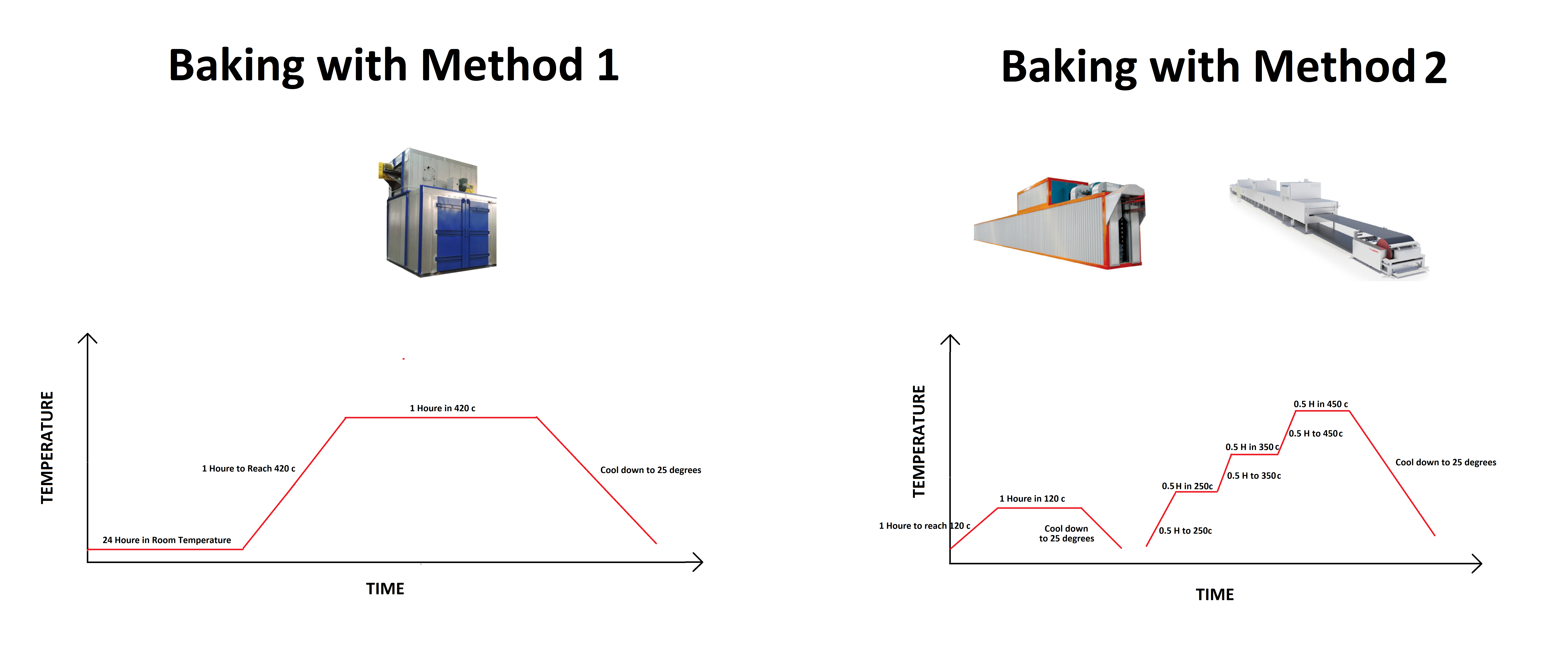
Suitable Raw Materials for E7018 Electrode Production
The raw materials for the production of E7018 electrodes are divided into three categories: powders, Binders, and wire.
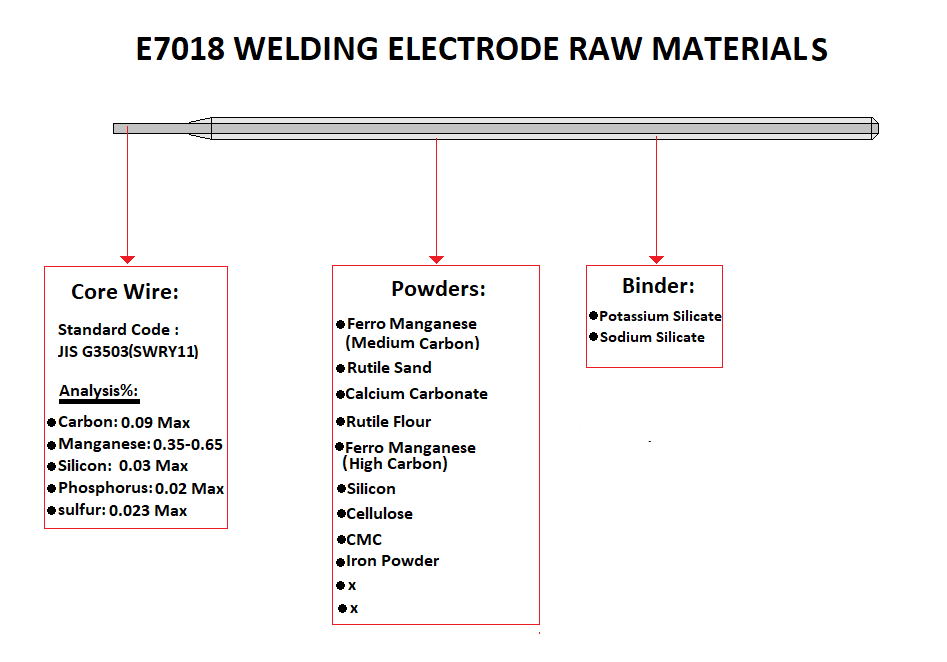
Core Wire for E7018 Production
Powders for E7018 Production
The coating of the E7018 electrode performs several crucial functions in the welding process. It provides a protective shield by generating a slag that covers the molten weld pool, preventing contamination from atmospheric gases like oxygen and nitrogen, which can cause defects such as porosity and brittleness. The coating also stabilizes the arc, ensuring smooth and consistent welding performance. Additionally, it contains elements that help deoxidize the weld area and promote the formation of a smooth, uniform bead with minimal spatter. The coating’s composition influences the electrode’s usability in various positions and contributes to the mechanical properties of the weld, such as toughness and crack resistance.
Powder Type Raw Materials for Manufacturing E7018
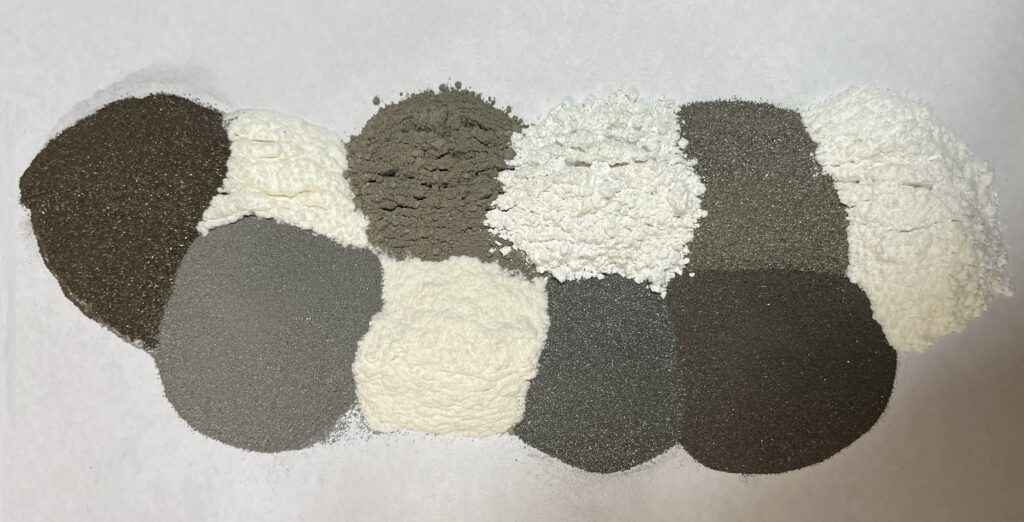
Binder for E7018 Production
The Binder used in the production of the E7018 is a combination of sodium and potassium silicate. Binder play a key role in the formulation of the E7018 electrode coating, acting as a binder that holds the various coating components together and ensures they adhere uniformly to the core wire. This uniformity is crucial for maintaining the electrode’s performance characteristics, such as arc stability, slag formation, and deposition rate. The binder must be strong enough to withstand handling and transport without chipping or flaking, yet flexible enough to allow the coating to burn off evenly during welding. Additionally, the binder helps control the coating’s moisture content, reducing the risk of hydrogen-induced cracking in the weld. Proper selection and formulation of the binder are essential for achieving the desired welding properties and consistent performance of the E7018 electrode.
Proper Formulation for E7018 Electrode Production
Formulation is part of the Know-How. The Know-How of E7018 electrode production includes the following:
– Technical specifications of raw materials including Chemical Analysis, Grain Size analysis and other technical specifications along with suitable suppliers of each material.
– Coating Formulation.
– Production instructions including all necessary details for quality production.
Click on this file to know the format of this Know-How.
Also you can contact us for getting the free version of E7018 Formula : contact@wespec.net
